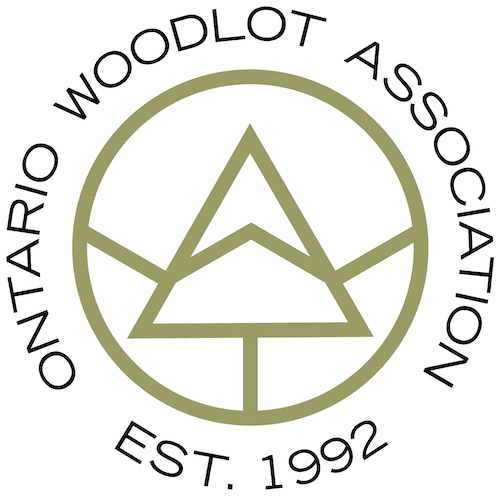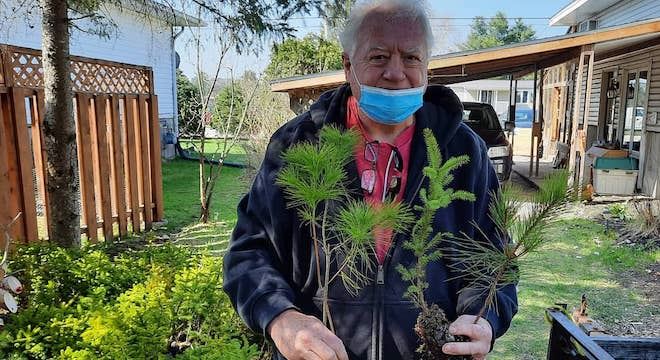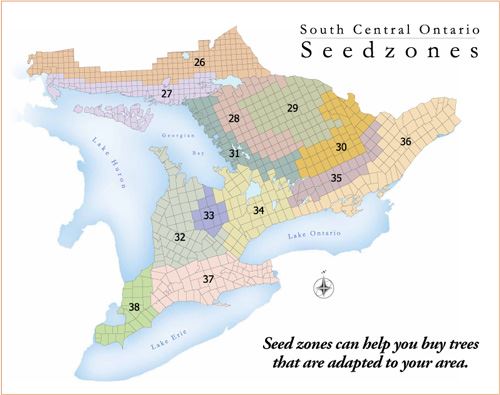- About
- Member Resources
- Woodland 101
- SEEDS & TREES - WHY SEED SOURCES MATTERS
Seeds & Trees
Whether your planting project is to reclaim an abandoned field, restore an area along a waterway or enhance the regeneration in a white pine stand, it's all about putting the right tree in the right place. By using a little common sense and the available forest science, you will ensure that your planting efforts are successful. Now is the time to do the research so that your planting project thrives and enhances our native forestlandscape. Remember, it's all about putting the right tree in the right place, whether you are planting one tree or a thousand trees. Why Seed Source MattersWhy is the seed source and the genetic characteristics of the seedlings that you plant so important? Trees have adapted to survive and grow in the environmental conditions within the area they originate. Over time, they have become specially adapted to local climates and sites. For example, this means that red oak, which has evolved over many generations in the Algonquin Park area, is genetically different in its adaptation to climate than red oak that has evolved in the Toronto area. When red oak is moved to a different set of climate conditions, even within the overall range of the species, it may suffer from spring or fall frosts, moisture or heat stress or damage from snow and cold temperatures. These stresses can kill the tree or result in reduced growth and vigour, which then makes the tree more susceptible to insect or disease damage. If the stock that is planted does not have the genetic potential to survive and thrive in the environmental conditions of the planting site, no amount of tending, fertilizing, irrigation or pest control will help the trees grow as vigorously as trees of the appropriate source. Remember - the most expensive planting is a failed planting!This is why the seed source matters and why it is important for you to choose seedlings grown from seed collected in an area where the environmental conditions closely match those of the planting site. To assist nursery growers and landowners in selecting the right seed source, the Ontario Ministry of Natural Resources has delineated seed zones for the province. These seed zones are a slight refinement of Canada's Plant Hardiness Zones with respect to woody plants and are based on the results of seed source studies and climate information. Seed collected from a specific zone can be planted anywhere within that zone. Remember to ask tree nursery staff about the seed source. It is important to ensure that the seed source of your planting stock is from the same seed zone as your planting site.
For more information on why seed source matters visit the Forest Gene Conservation Association web site. |


